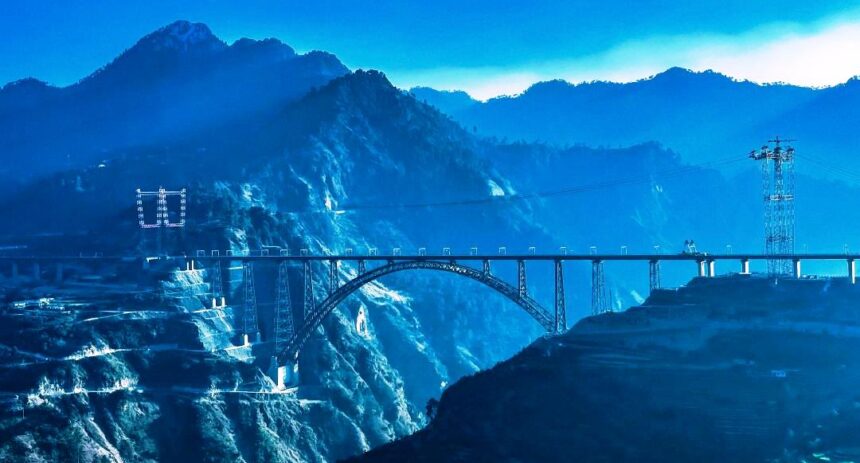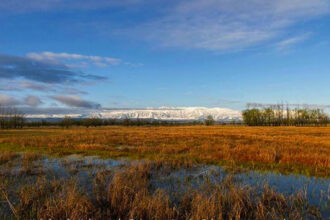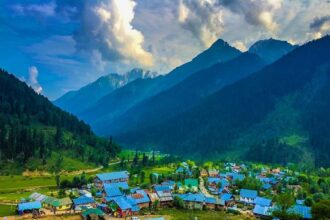Overview of Infrastructure Achievement
In the dynamic landscape of infrastructure development, Jammu and Kashmir has emerged as a beacon of progress in 2024, dramatically reshaping its transportation infrastructure. The Union Territory has achieved a remarkable milestone by expanding its road network to an impressive 41,141 kilometers, representing a comprehensive transformation of regional connectivity.
Road Network Composition
The road network’s composition reveals a strategic approach to infrastructure development. Comprising 1,735 kilometers of national highways, 696 kilometers of state highways, and 37,351 kilometers of district and village roads, the infrastructure now boasts 30,326.48 kilometers of black-topped roads. This extensive network signifies a holistic approach to regional connectivity, ensuring accessibility to even the most remote areas.
Rural Connectivity Breakthrough
The Pradhan Mantri Gram Sadak Yojana (PMGSY) has been instrumental in this transformative journey. By connecting 2,131 habitations—representing 99% coverage—and completing 17,839 kilometers of roads, the initiative has fundamentally altered rural accessibility. This unprecedented connectivity is not merely a statistical achievement but a lifeline for communities previously isolated from mainstream development.
National Highway Development
The Jammu-Srinagar National Highway project epitomizes the region’s infrastructure ambitions. With the Udhampur-Ramban section 99.90% complete and the Ramban-Banihal section nearing completion, the project includes sophisticated engineering interventions. The 13.60-kilometer realignment in the Ramban-Banihal section and the 2.39-kilometer viaduct/tunnel in the Nashri-Ramban section demonstrate a sophisticated approach to challenging terrain.
Tunnel Construction Strategy
Tunnel construction has emerged as a game-changing strategy for all-weather connectivity. The operational Chenani-Nashri and Qazigund-Banihal tunnels have already transformed regional mobility. The ongoing Zojila and Z-Morh tunnel projects promise to further revolutionize transportation, particularly in strategically challenging mountainous regions.
Innovative Transportation Solutions
The Parvatmala ropeway initiative represents an innovative approach to transportation and tourism development. With 18 projects at various stages and 8.75 kilometers of ropeways already completed, this initiative promises to enhance both connectivity and tourism potential, offering unique transportation solutions in challenging terrains.
Safety and Technological Integration
Safety and technological integration have been paramount in these infrastructure developments. Comprehensive safety audits of 382 bridges, installation of crash barriers, and technology-based engineering for 15% of PMGSY roads demonstrate a commitment to quality and safety. These measures ensure that infrastructure development is not just about quantity but also about creating reliable, safe transportation networks.
Financial Investment and Project Scope
The financial investment behind these transformative projects is substantial. With 1,467 road and bridge projects sanctioned since 2014-15, including 194 projects worth 1,023 crore in 2023-24, the commitment to infrastructure is evident. The ongoing construction of 338 bridges valued at 1,785 crore and the completion of 410 bridges over seven years underscores the systematic approach to regional development.
Urban Infrastructure Enhancement
Urban infrastructure has received equally focused attention. With 500 crore allocated for both the Cities and Towns Programme and the Pothole-Free Road Programme, urban mobility has seen significant improvements. The macadamization of 1,681 kilometers of urban roads and making 896 kilometers pothole-free reflects a comprehensive urban infrastructure strategy.
Economic Impact and Mobility
The most telling indicator of this infrastructure transformation is the enhanced mobility. Freight vehicles now average 250 kilometers per day, a testament to the improved road conditions and regional connectivity. This increased mobility translates directly into economic opportunities, improved quality of life, and enhanced regional integration.
Beyond Infrastructure
These infrastructure developments represent more than mere construction projects. They symbolize a comprehensive vision of regional development, breaking geographical barriers, connecting communities, and creating pathways for economic and social progress. Jammu and Kashmir’s infrastructure journey in 2024 is not just about roads and bridges, but about building bridges of opportunity and hope.







